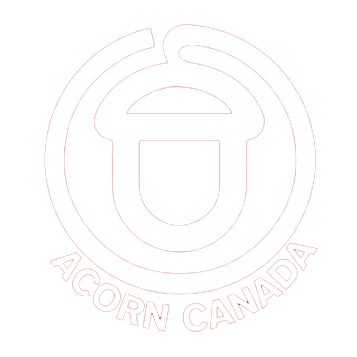Niagara Falls Review: Internet connection for all families
Posted February 2, 2022
Posted February 2, 2022
The pandemic laid bare many inequities. One issue that came to the fore was that we need the internet like never before. Every individual was forced to get on to the World Wide Web for anything and everything.
While nearly all households in the highest income group have access to home internet, 31 per cent of those in the lowest income group don’t. Through our Internet for All campaign, ACORN Canada has been fighting for affordable internet for all low-income people and to close the digital divide. ACORN members delivered 400 testimonials to the CRTC hearing which led it to a historical declaration of broadband internet access as a basic service objective in 2016. But the declaration fell short of announcing any subsidy for low-income people. ACORN continued its fight and in 2018 came the Connecting Families program — a $10-per-month federal internet program that targets families who receive the maximum national child care benefit. This meant $80 million for low-income parents.
But the program is available to only some families as there is a limit of 220,000 families and there is an end date — the program is available only until March 2022. Even the internet speed is too low forcing many to opt out, as ACORN members’ testimonials reveal. Grace, an Ottawa ACORN member, who got enrolled for this program saw her internet bill from Bell skyrocket to $100 — much more than what she was paying when she hadn’t enrolled for the government program.
Moreover, big telecoms — making billions of dollars — can opt out of this voluntary program. The result? Eastlink in Nova Scotia chose not to opt in.
Recent improvements included Telus expanding its program to provide affordable internet to people with disabilities in B.C. and Alberta and those who receive the Canada Pension Plan Disability Benefit. Rogers also expanded the eligibility of its low-cost internet program to people receiving income support, disability benefits or seniors receiving the GIS in Ontario, New Brunswick and Newfoundland and Labrador. The federal government announced Connecting Families program 2.0 to cover low-income seniors starting in 2022.
Yet, all said and done, none of these initiatives cover all low-income people. I was without internet access for almost three decades. My health centre tried helping me and then told me about a Rogers program. Ironically, it requires people to fill out the application on the internet to access the internet.
The current government has committed to connecting 98 per cent of Canadians to high-speed internet by 2026 and all Canadians by 2030 — a target already too far away. The range of initiatives that exist today are at best a patchwork, leaving behind thousands of low-income people struggling to connect. The U.S. set a precedent by starting an Emergency Broadband Connectivity Fund by providing a discount of up to $50 per month toward broadband service to eligible households during the pandemic.
ACORN called for a similar Canada broadband benefit. The pandemic is far from over and our demand has gone largely unheard. Both the Liberal election platform and the mandate letter for the minister of innovation are conspicuously silent. We need the Connecting Families program to be expanded to all low-income people and made mandatory for all big companies to provide affordable internet at 50/10 MBps speed. Currently, the internet for low-income people means low speed and high prices.
As Omicron rages and things go back to how they were when the pandemic started, calls for affordable, high-speed internet need to grow louder.
***
Ray Noyes is a member of Ottawa ACORN, an independent national organization of low-and-moderate income families with 140,000-plus members in 20-plus neighbourhood chapters across nine cities.
***
Op-ed by Ray Noyes for the Niagara Falls Review

